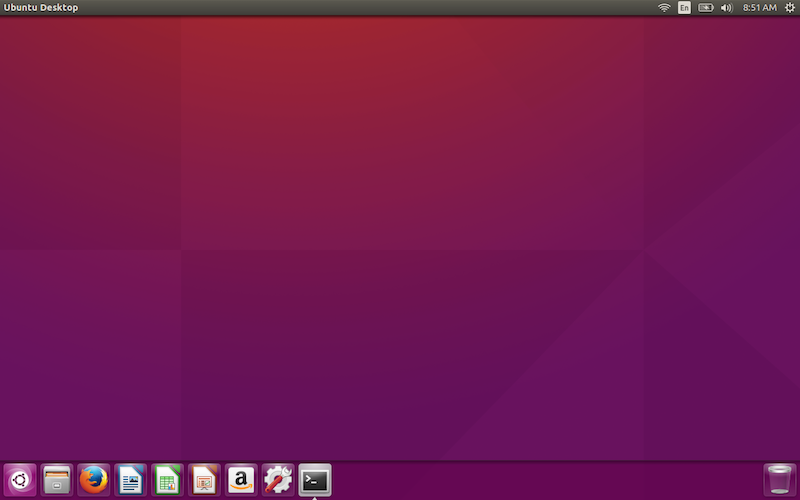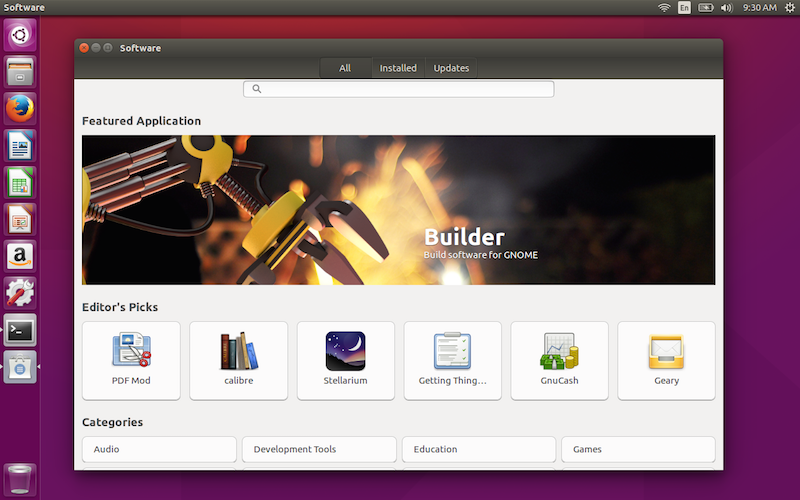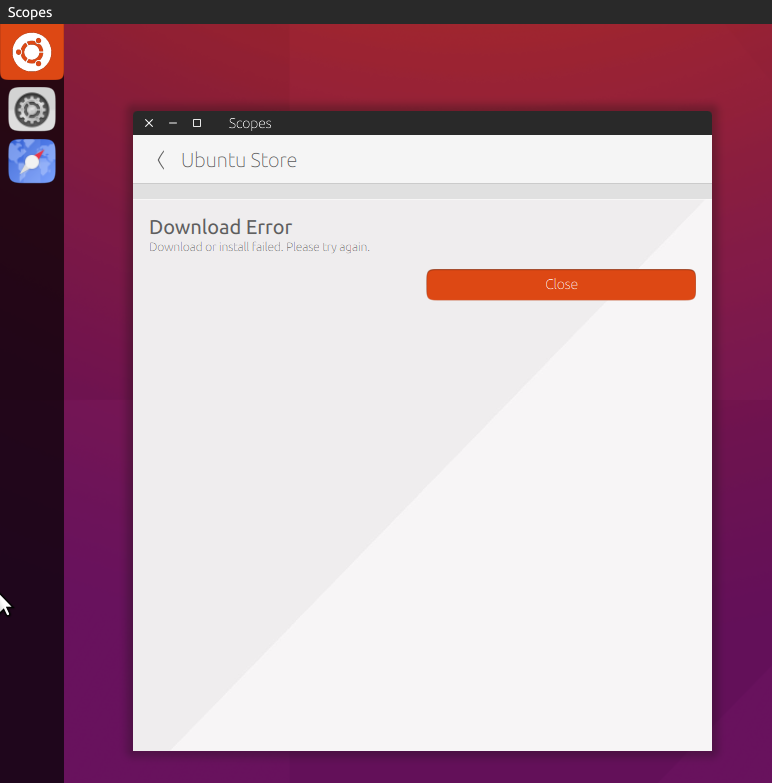 It’s been quite some time since the Ubuntu faithful could be seriously excited about a release. With good reason. Over the past few years, Canonical has been hard at work trying to bring Unity 8/Mir/Convergence to fruition. Because of this, Ubuntu has suffered a long stretch of fairly boring releases.
It’s been quite some time since the Ubuntu faithful could be seriously excited about a release. With good reason. Over the past few years, Canonical has been hard at work trying to bring Unity 8/Mir/Convergence to fruition. Because of this, Ubuntu has suffered a long stretch of fairly boring releases.
That ends with 16.04. Xenial Xerus might well herald the final release for that will see Ubuntu paired with Unity 7/X.org. Thankfully, 16.04 has a few nice bits and pieces to offer in this next iteration—enough to get you excited.
Let’s take a look at some of those pieces that will come together and make the latest Long Term Support (LTS) iteration of Ubuntu a superb release.
Move That Launcher
One of the biggest criticisms against Ubuntu Unity, since inception, is its lack of configuration options. This is especially true for the Launcher that has been forever locked to the left edge of the screen. That ends with 16.04. Thanks to the hard work of Marco Trevisan, the Unity Launcher will be able to move from the left edge of the screen to the bottom (Figure 1). You won’t be able to shrink the Launcher (to make it behave more like a dock), but you will still be able to resize the icons and set it to autohide.
For those users who’ve struggled to move from the old-school metaphor of that bottom-dwelling panel, you’ll can now put your mind and heart at ease.
Spyware Be Gone!
I want to preface this by stating I’ve never considered the inclusion of online search results to be spyware. In fact, I have always considered the online results to be an efficient means of searching for products through Amazon (etc.). That being said, with the release of 16.04, this feature is disabled. Of course, you can always go to Settings > Security & Privacy > Search and re-enable the feature.
If you’re unsure why so many balk against the online search feature, it’s for two main reasons:
-
Privacy. Many feel like sending a search query through Ubuntu to third-parties is an invasion of privacy.
-
Cluttered results. Many users find that adding the online results to desktop searches challenges the ability to actually find what they are looking for with any efficiency.
To these points, I would say: We live in a world where big data is omnipresent. You use a web browser and big data knows what you’re looking for. Even using an incognito browser still doesn’t obfuscate what you’re searching for from your ISP. The only way to truly get around this is by working with a TOR server. And even then…
I would also remind users that there are tabs in the dash for Applications, Files, and multimedia. Open the dash, click on one of those tabs, and run your search. Your results will thank you for that extra step.
Even so, this is an important step for Canonical to win back the trust of the Linux faithful. I’m glad they took it.
Goodbye, Ubuntu Software Center
From the department of “Long Overdue Changes,” Canonical is finally scrapping the Ubuntu Software Center. In its place will be the sleeker, snappier GNOME Software (Figure 2).
 One big decision for transitioning to GNOME Software (from the perspective of Canonical) is that support for Snaps will be much easier to roll in. The truth of the matter is, the Ubuntu Software Center has been a horrible tool for a very long time. Making this move will greatly improve the Ubuntu experience for every user.
One big decision for transitioning to GNOME Software (from the perspective of Canonical) is that support for Snaps will be much easier to roll in. The truth of the matter is, the Ubuntu Software Center has been a horrible tool for a very long time. Making this move will greatly improve the Ubuntu experience for every user.
NOTE: If you’re using a Ubuntu 16.04 daily build, you might notice neither the Ubuntu Software Center or GNOME Software is installed. You can install GNOME Software by opening a terminal window and issuing the command sudo apt-get install gnome-software.
Firmware Updates
This is one of the more exciting updates to come along in a while. Starting with 16.04, Ubuntu will make use of a powerful feature built into kernel 4.2 and enable the updating of firmware through GNOME Software. This means you can finally upgrade your system’s firmware (think BIOS/EFI) directly through Linux. No longer will you need to keep a Windows partition around on the off-chance your laptop or desktop’s firmware needs to be upgraded.
NOTE: Although this feature is planned for a 16.04 release, it could wind up being pushed back to 16.10. Here’s hoping it arrives sooner, rather than later.
Testing Unity 8/Mir
On paper, Ubuntu 16.04 will ship with the ability to test Unity 8/Mir (as of the latest daily build it must be installed). If you want to take a peek at what’s in store for Unity, you can install that feature with the following two commands:
-
sudo apt-get update && sudo apt-get dist-upgrade
-
sudo apt-get install unity8-desktop-session-mir
Once installed (it’ll take a while), log out and then click on the little Ubuntu logo near your name and select Unity8-Mir session. Understand, Unity 8/Mir is still a long way from being a viable desktop for the masses (so much so, I’m concerned it’ll be ready for 16.10). After installing it on my test machine (one that runs Ubuntu Unity 7 to perfection), it was quickly apparent there was little that could be done (and not a single Scope would launch). The web browser would launch and instantly crash, Scopes wouldn’t install (Figure 3), and even fonts weren’t antialiased.
Excited Yet?
Aside from the ugliness that is the Unity8/Mir preview, Ubuntu 16.04 is a release you don’t want to miss. It’s been a while since I could get excited about a Ubuntu release. Xenial Xerus puts an end to that dry spell and gives us plenty to anticipate.
If you want to give 16.04 a try, download the daily build. Or, you can wait for the official release on April 21, 2016.


